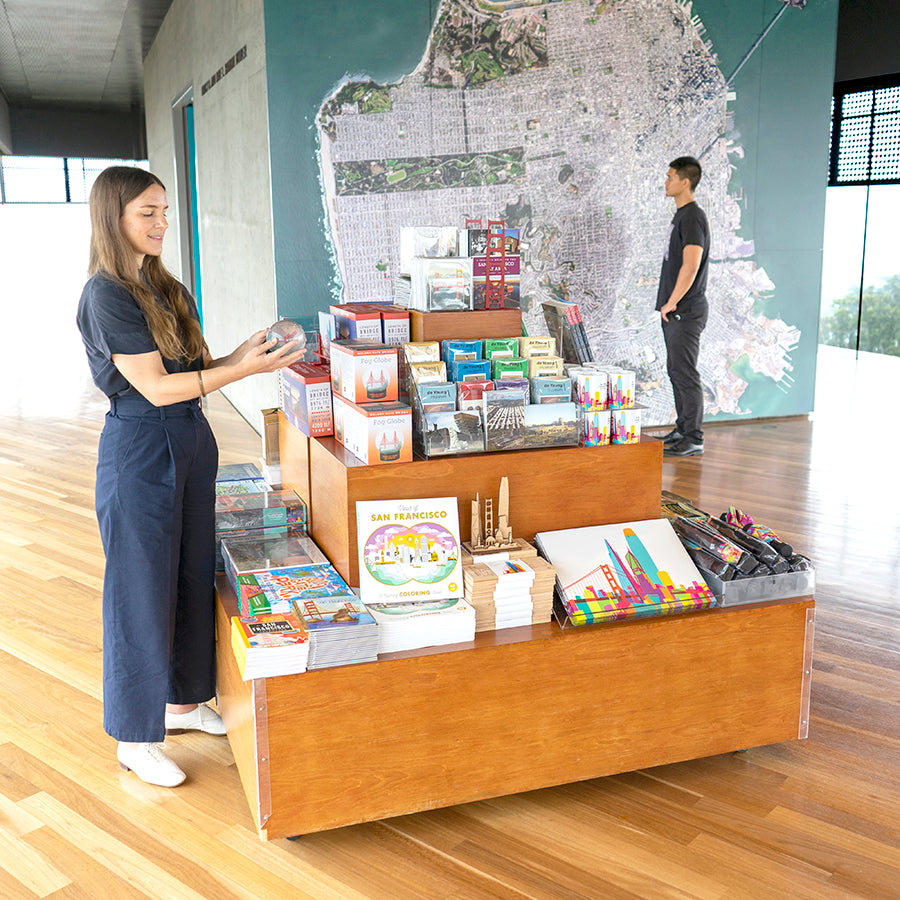Buy Online, Pick Up In-Store—the Museums are open Monday, December 30!
Plan your visit at famsf.org
Exploring Picasso’s seemingly opposite styles and artistic processes during a three-month summer vacation.
In the summer of 1921, on the west wall of his improvised garage studio in Fontainebleau, France, Pablo Picasso painted two large-scale and astonishingly different-looking pictures side by side. On the left hung his classicizing Three Women at the Spring, long associated with the "return to order" in the aftermath of World War I. To its right, Picasso worked on one of two versions of Three Musicians, often described as the culmination of his prewar Cubist style. The visual dissonance of this pairing still has the ability to shock. Yet, a close look at Picasso’s handling of materials, studio installations and fluid understanding of style reveals that these two seemingly incompatible works have more in common than meets the eye, as do other monumental works on canvas, small paintings, line drawings, etchings and pastels that he created in Fontainebleau during his brief three-month residency. Hardcover, 232 pages.
Museum members receive 10% off all items from our museum stores, including sale items and custom Art on Demand prints.
Every purchase in our stores directly support the collections and exhibitions of the de Young and Legion of Honor museums.
